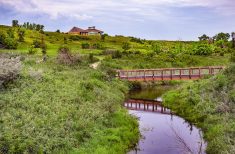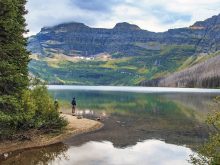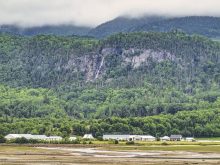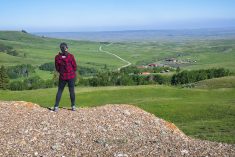The Moose Mountain Hills are among the more unusual landscapes on the Prairies.
The hilly terrain with thick forests, lakes and seemingly endless wetlands stands in stark contrast to the mostly level farmland of southeastern Saskatchewan that surrounds it.
Most of the hills are preserved in Moose Mountain Provincial Park, where visitors come for the beach on Kenosee Lake, or for camping, hiking, mountain-biking and golfing. The stately stone three-storey chalet that serves as the visitor centre dates to the 1930s, when it was built as a hotel and restaurant.
Several short hiking trails make it easy to get a taste for the natural terrain.
One we especially like is the Birch Forest Interpretive Trail, which circles a peninsula jutting into Kenosee Lake. Sprinkled among the thick mixed wood forest, towering stands of white birch trees look as if they would be more at home in the northern wilderness than in the southern Prairies.
The park’s wild back country differs dramatically from the core area’s manicured lawns and orderly development. Centre Road runs west through the entire park. Soon after leaving Kenosee Lake, it turns to gravel and eventually becomes a narrow track.
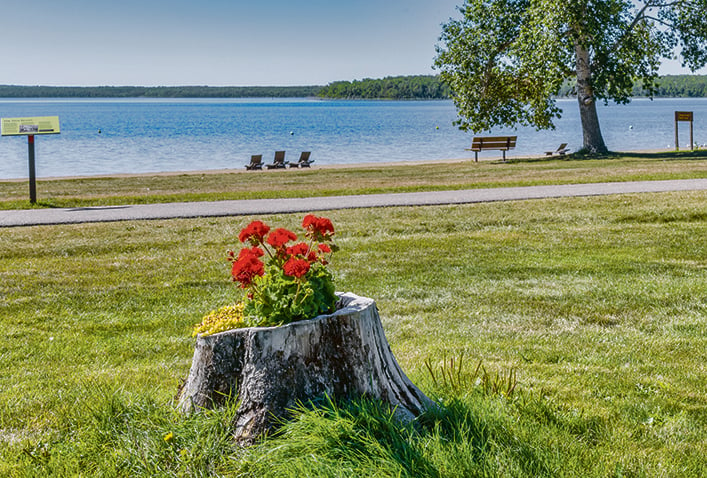
Signs warn that the road is not maintained. Open to traffic only in summer, the road becomes part of an extensive snowmobiling network in winter.
It’s a great route for anyone who likes exploring off the beaten path. It winds through hills and past a series of small lakes and marshlands. In places, the forest looks almost impenetrable. There’s a chance of encountering wildlife such as deer, elk, moose and a wide array of waterfowl.
The road should not be attempted in wet weather; even in dry conditions, deep ruts make it challenging for low-clearance vehicles. Some low-level crossings require extra caution. If in doubt, check on road conditions at the park visitor centre.
A few different side roads branch off from Centre Road and lead out of the park. One goes toward Gilles Lake. The road then continues north across the park boundary, eventually reaching grid road 711, making it possible to do a loop drive back to the core area.
At its western end, Centre Road links with the grid road system to travel north to Kipling or south to Kisbey.
The last time that we drove Centre Road, we had to turn around just before the end because of a deep, nasty mud hole. With extremely little traffic and spotty cell service, this is not a place to risk getting stuck.
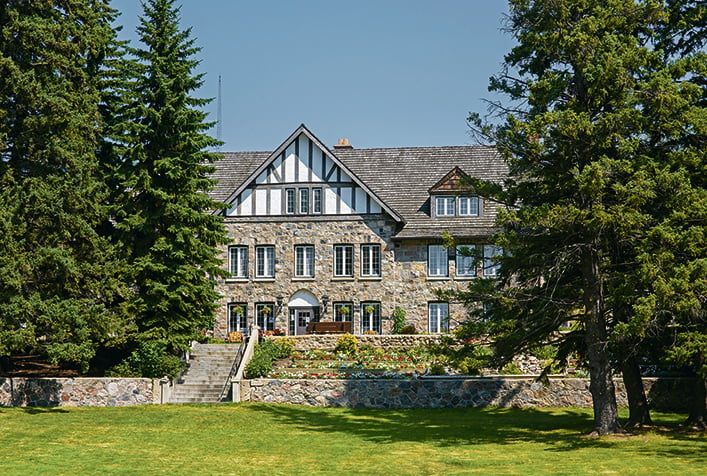
Moose Mountain is also associated with one of the more unusual agricultural settlements. Cannington Manor was founded in the early 1880s by Captain Edward Pierce, who emigrated to Canada from England. He had grandiose plans of establishing a farming community based on the aristocratic lifestyle of British country gentry, complete with fox hunts, cricket matches and afternoon teas.
The community flourished for a short time but Pierce’s vision didn’t fit well with the realities of prairie farming. The final straw was cast when the anticipated railway took a different route. In 1900, the village was abandoned.
Cannington Manor today is a provincial historic park portraying this unique settlement. A visitor centre provides a capsule history. Some buildings are original and others have been reconstructed. The centerpiece is All Saints Anglican Church, built in 1884 with logs hauled from Moose Mountain.
The park is usually open between Victoria Day and Labour Day weekends. Special events sometimes take place, complete with guides in period dress. Outside of opening times, you can still walk around the site and read the interpretive signs, though the buildings will be closed.
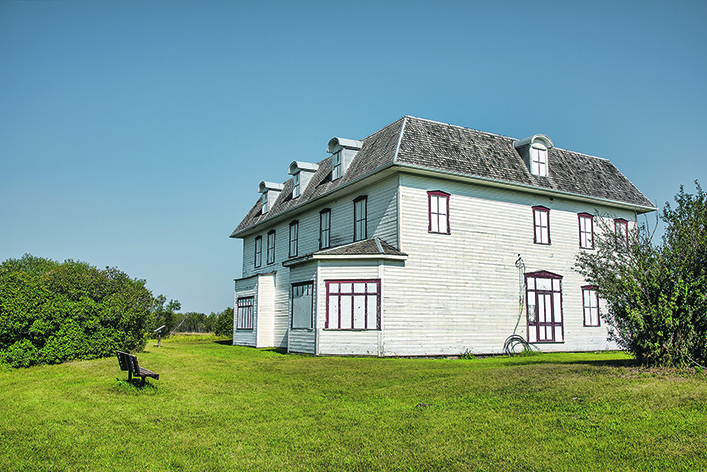
Cannington Manor makes a great side trip of less than 60 kilometres return if you are staying in Moose Mountain Park. The route is well-signed.
A few kilometres before arriving at Cannington Manor, the Humphreys-Hewlett Historic House is one of the last remaining structures of the original settlement. Built in 1888, the massive 18-room home had luxuries such as central heating, reflecting the family’s affluent lifestyle. It was called the Shiny House because the reflection from its tin roof was visible for miles around.
Arlene and Robin Karpan are well-travelled writers based in Saskatoon. Contact: travel@producer.com.






